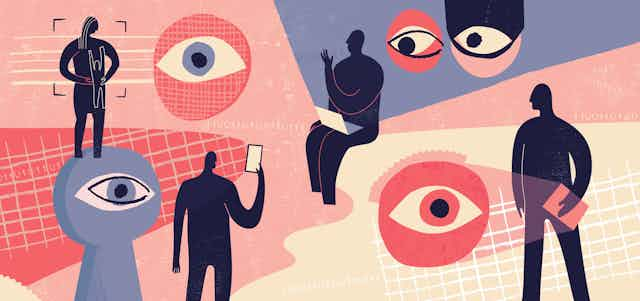Your fingerprint is actually 3D − research into holograms could improve forensic fingerprint analysis
When you use your fingerprint to unlock your smartphone, your phone is looking at a two-dimensional pattern to determine whether it’s the correct fingerprint before it unlocks for you. But the imprint your finger leaves on the surface of the button is
